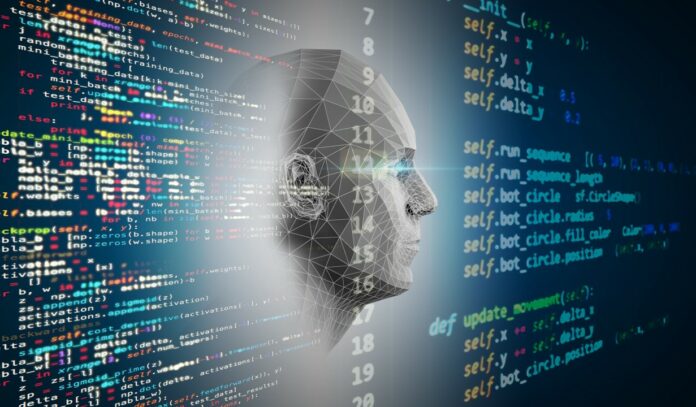Given all the economic and health disruptions happening because of COVID-19 and its associated fears, it is also affecting the machine learning models of our businesses in many ways. It is affecting particularly businesses that are data-driven and that use ML models to forecast sales, for inventory and customer behavior.
Effect of COVID-19 on common ML models
A/B testing
The duration the test runs in the A/B testing is important for analysis. The time span for the cycle in different markets can be different. For example, real estate investments have multi-year life cycle, stock markets have several complete cycles in a day and e-commerce business have business cycle period of around two weeks. This timeframe gets affected by some external factors, like a pandemic and leads to ‘length pollution’. This invalidates the analysis because of inconsistency and goes wrong after a short time.
Anomaly detection
The time-based algorithms to monitor sales in e-commerce models needs to be sensitized, as there can be sudden surge in trends. Now with lockdown and confinements, there is a shift to online payments more than ever altering the pattern. Since the statistical properties of these target variables have changed over time (contributed by the pandemic), the predictions by the MI model becomes less accurate and is called ‘concept shift’. In the context of fraud detection in finance this might pose a threat.
Even though the anomaly detection is better than others, it still gets affected and needs to be kept up-to-date with regard to the current events. Trend Micro Research recently analyzed a coronavirus-themed malware that overrides a systems’ master boot record (MBR), making it unbootable. The malware was detailed in a public report published by the Czech cybersecurity agency (NUKIB). The malware file has “Coronavirus Installer” in the description.
Missing data
In many countries, businesses other than the essential goods businesses are forced to shut down. This halt results in missing data for the shutdown period. This data incompleteness could lead to difficulty in future training of the ML models.
Demand forecasting
The pandemic has affected the sales in many different ways. For some business, there is uptick in sale, for some reduction and for some unstable. Majority of the statistical forecasting techniques like ETS, ARIMA and LSTM-based uses historical data for the demand forecasting. However, the actual demand violated the assumption when the outbreak started. So, during these times, a model that analyses the current outbreak based on the previous outbreak is more helpful, called ‘forecast by analogy’.
Product recommendations in e-commerce
Products that the customers prefer buying these days are limited to cleaning and sanitizing products, food and other essential goods. Developing a buying pattern is not possible, as each phase of the epidemic creates a different want for products and recommendations based on prior data can be obsolete. Therefore, it is wise to upgrade models with shorter training frequencies.
David Mosen, senior data scientist at Crayon shares three steps for MI in businesses at these unprecedented times:
- Planning. Perform EDA to adapt ML models to guide and to improve and make them more robust.
- Agility. Capture the quickly changing nature of the real-world.
- Retrospective. Historical data is affected and thus their representations of the future trends. All the reasons, associations, expected consequences should be documented, so that they can be dealt in the future.

